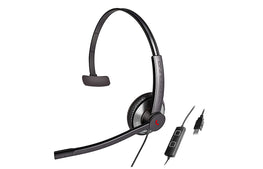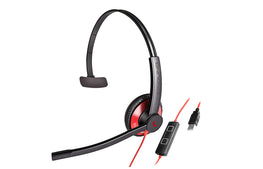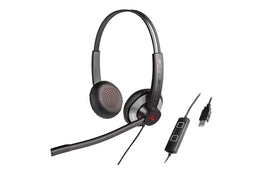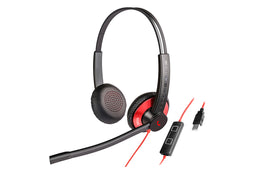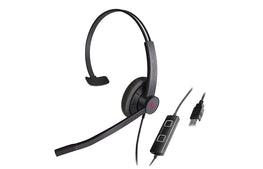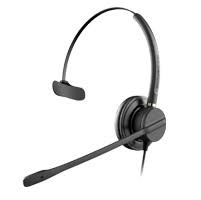Top 5 Medical Voice Recognition Systems compared

Speech to text is a generic term for any technology that can turn your voice into text in real-time by allowing you to dictate directly into a document or perhaps a medical records program like Genie, Shexie, Best Practice, Medical Director and many other Australian electronic health record systems.
Many different companies worldwide have deployed speech recognition systems and are continuing to improve them using the power of artificial intelligence and deep machine learning.
1. Google have a voice recognition service that works for dozens of different languages. The Google speech to text solution is very effective on your phone or within your web browser to create general notes and comments within webpages like Facebook. However, the Google speech to text engine is woefully inadequate for medical terminology because it does not contain a specialised medical vocabulary. So, while being an excellent voice recognition system, the Google voice recognition is really a general-purpose communication voice to text system – not a professional dictation system.

2. Microsoft offer a voice recognition system which is built into Windows. Because it is free, it is obviously very cost-effective. However, it is several generations behind the other leading speech engines and it also struggles with accents and complex medical vocabularies. Microsoft speech recognition will also struggle in medical records programs, as it is not designed to work outside of the main Windows applications like Outlook and Microsoft word. Put simply, the accuracy and compatibility is not good enough for medical professionals in Australia.
3. Apple have recently deployed their own voice recognition system within the Mac operating system. Similar to the Google system it is quite good for general purpose usage and general communication but falls over when any complex vocabularies are required or when it has to deal with a range of accent models. Nevertheless, it is integrated into OSX and available at any time. Most doctors would find the error rate is too high and that they would spend more time correcting it than they can tolerate - making traditional dictation methods such as a typist more time effective.

4. Amazon have recently announced their AWS transcribe system and Amaoon now have the AWS medical transcribe system. This is a powerful cloud-based speech recognition engine. It is only been available in the medical professional field for a few weeks, so the jury is not out on how effective it is. Limited testing indicates that it works quite well. And the medical vocabularies are well developed and extremely useful for doctors. However, there is a big downside. It is designed to interface with other software applications via the Amazon speech API. Put simply, it is designed to work within other applications or it is designed to be integrated into a new application that a third party developer may create for a specific use case. This is far too complex for your average Doctor or user. So, while the AWS voice to text transcribe system appears to be excellent and well engineered, it is not practical for medical use. Let see what happens in the next few years with Amazon.
5. Dragon Medical One - Nuance Communications. The dominant speech recognition in the world for the past 15 years. Using their highly developed and renowned Dragon speech engine they have the most reliable, accurate and useful speech recognition program in the world. Now at Dragon Professional version 15 for the desktop solution (non-medical) and with the recently released Dragon Medical One voice recognition system aimed at medical specialists.
By using the power of an advanced artificial intelligence combined with secure cloud-based technology, Nuance (Dragon) has leapfrogged their competitors.
With multiple highly developed specialised medical vocabularies, the accuracy is unparalleled. The new Dragon Medical One program is optimised to work directly in all of the Australian electronic health record programs. Put simply, this means that a doctor can simply install the lightweight app and start dictating directly into their medical records program within seconds of starting the program. Their voice, vocabulary and accent model is stored in the cloud for use on any Windows computer at any time.
So, this combination of very high accuracy, accessibility and cloud-based artificial intelligence puts Dragon Medical One at the forefront of speech recognition technology for medical professionals worldwide.
Dragon Medical One is also hosted on Microsoft servers in Australia and therefore complies with the Australian regulations for the secure and private storage of patient data. No other speech recognition company in the world has this ability to meet the legal compliance requirements in Australia for medical professionals.
So in short, if you are an Australia Doctor then Dragon Medical One is the only speech-to-text you should consider.
If you have any questions about the new Dragon Medical One system which has just been released in Australia or general questions about the other Nuance speech to text products then please contact us today using the form above or call 1300 2550 900
It would be really great to hear from you.
Best Regards
Russell Bewsell
Founder
Voice Recognition Australia

